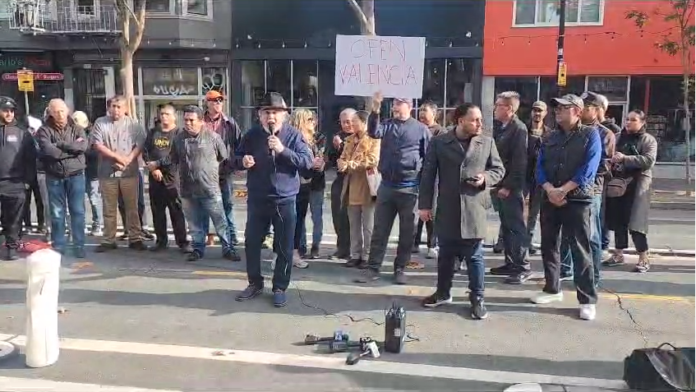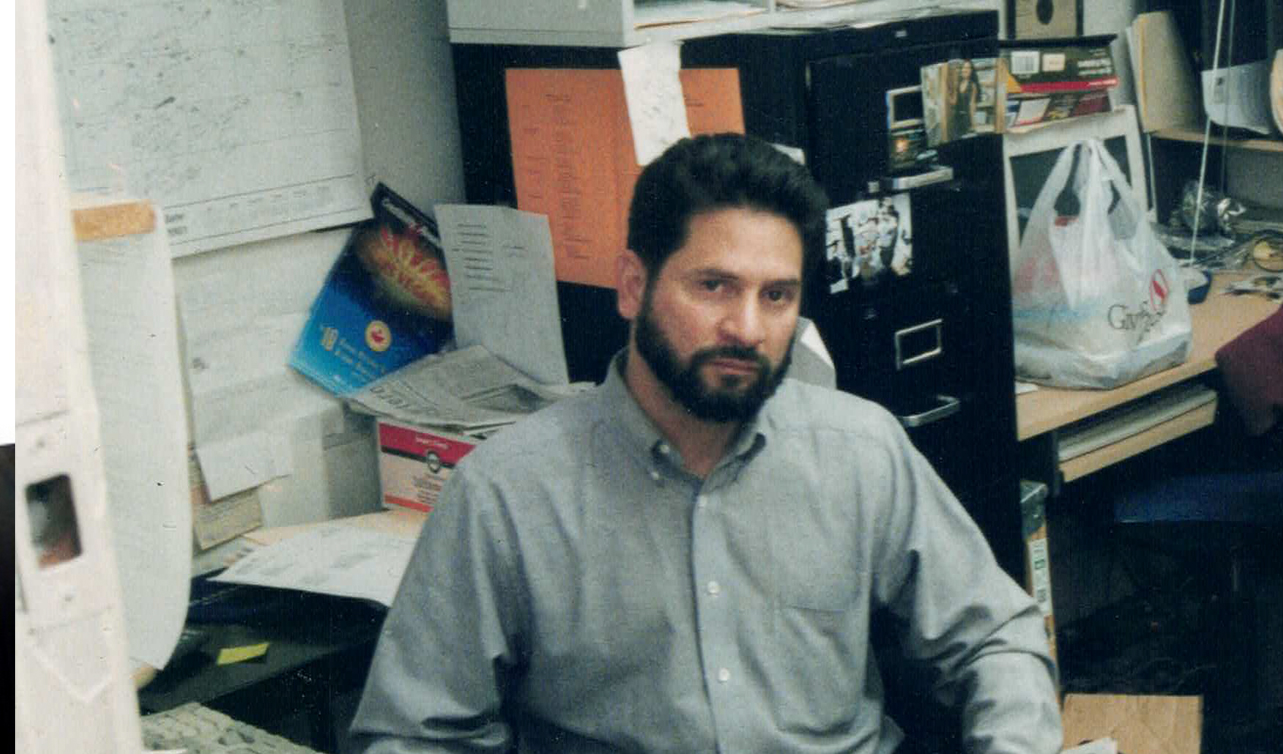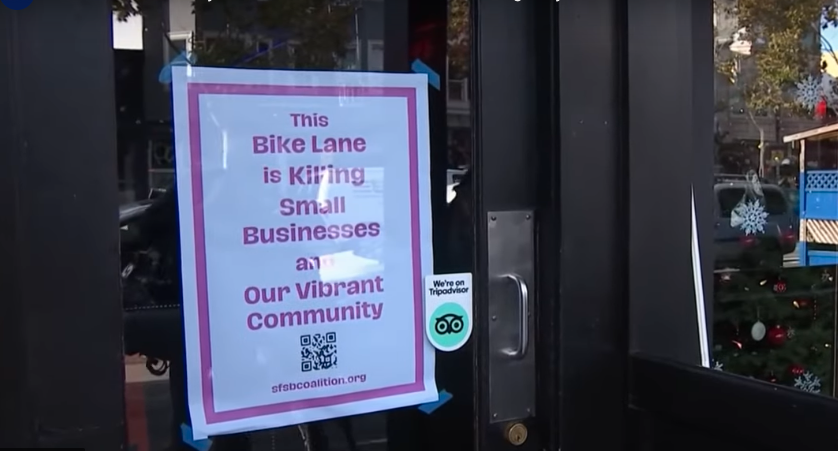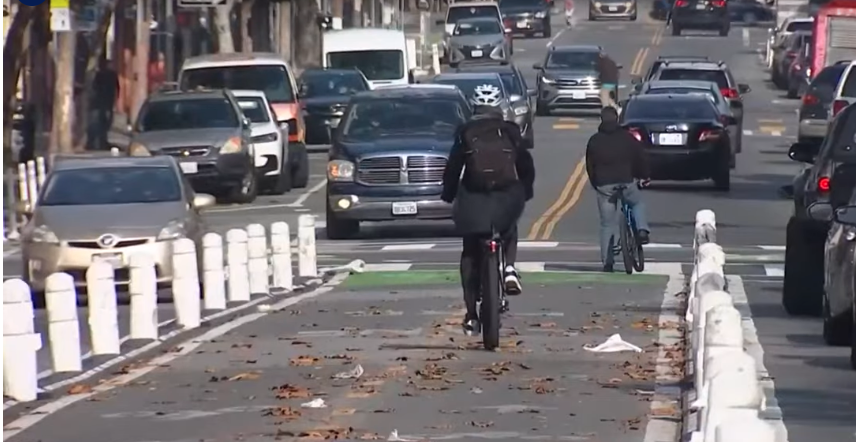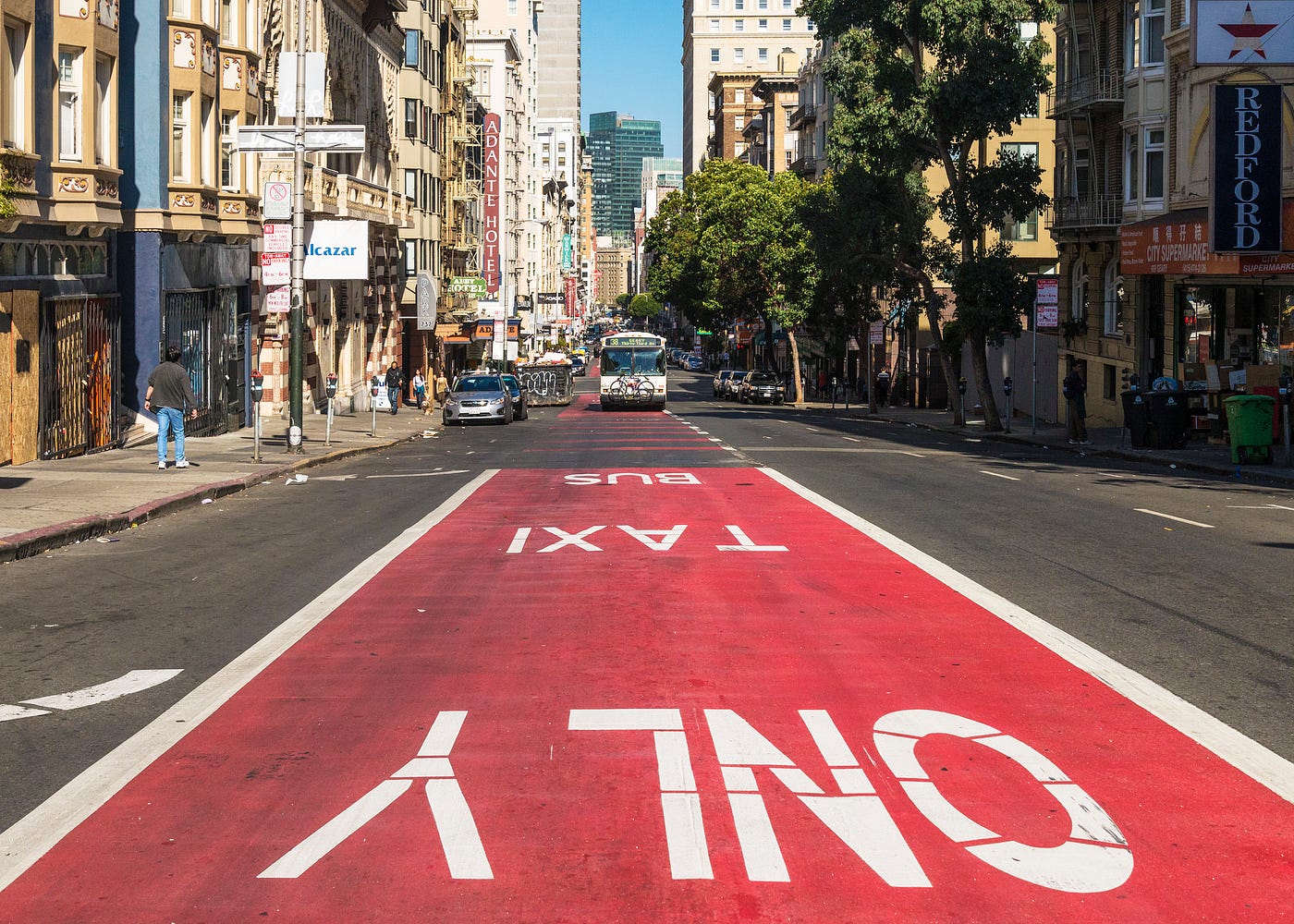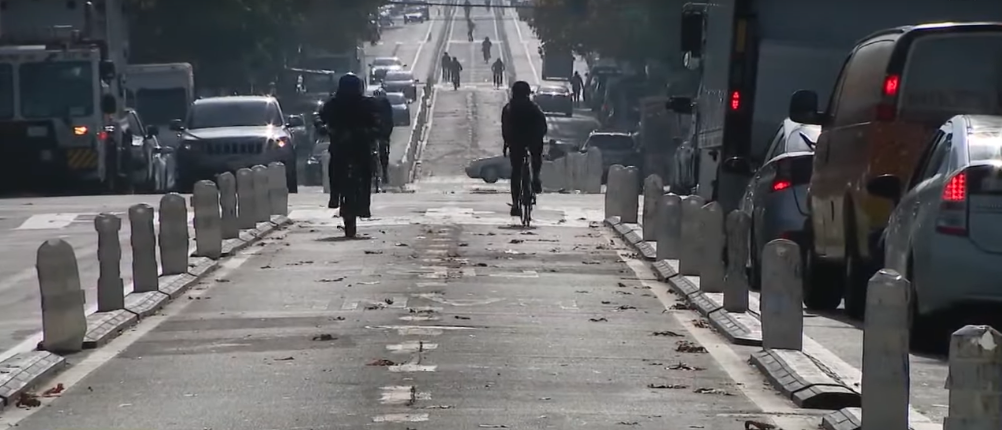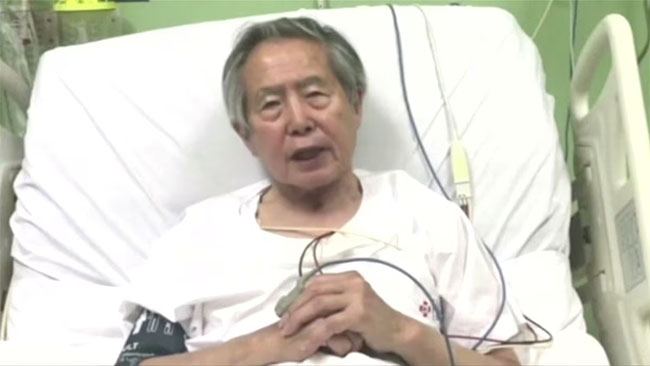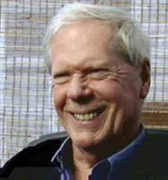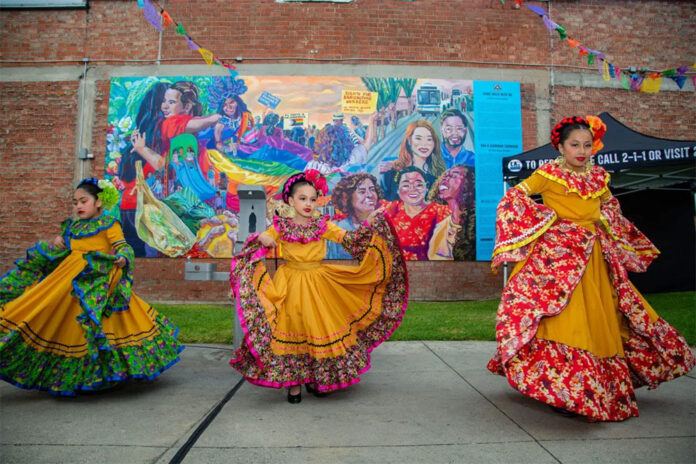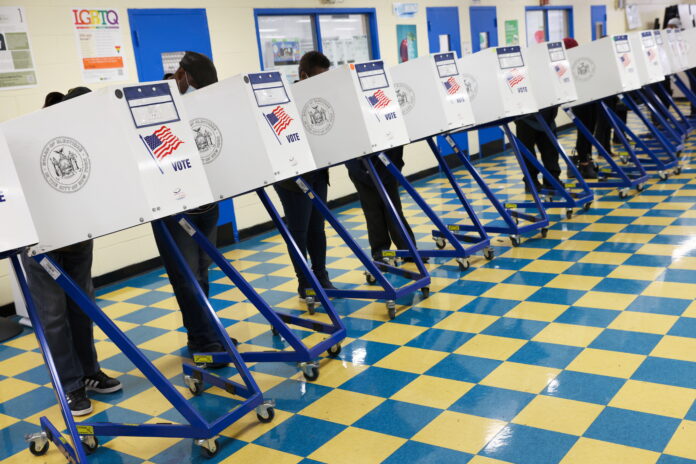California, which has the highest Medicaid caseload in the U.S., is set to dramatically expand access even as it continues to review eligibility post-pandemic
by Selen Ozturk
Ethnic Media Services
As Medi-Cal expands next year to include all undocumented immigrants and new services well beyond the doctor’s office, California is on the national front lines of transforming public health care.
In a Wed., November 15 briefing co-hosted by Ethnic Media Services and the Department of Health Care Services, DHCS experts and ground-level community health workers discussed this expansion to include all immigrants and new services; the latest data on eligibility redetermination, and the transition to new care plans in 21 counties statewide.
Since the end of the federal COVID-19 emergency in May 2022, Medi-Cal has resumed its annual redetermination of enrollees’ eligibility. Giving an overview of the latest data on this yearlong process, Yingjia Huang said as of September 30, 15.2 million people “are on our case rolls” — over a third of California’s population. “I’m proud to report that, overall, we’re holding steady as a state.”
Because California has the highest Medicaid caseload in the U.S., Huang — the Assistant Deputy Director of Health Care Benefits and Eligibility for DHCS — said over one million people have faced redetermination each month since June, the first month of actual disenrollments. In September, about 1.7 million were up for renewal.
About 20 percent to 21 percent of these people are disenrolled each month, she continued — much lower than many other states like Texas, which saw a 73 percent disenrollment rate by the end of August.
Hispanic individuals, making up the highest percentage of Medi-Cal enrollees, also make up the highest percentage — 53 percent — of those disenrolled. However, Huang said, many of these disenrollments may owe to families who “no longer need this coverage,” having found employer insurance or surpassed income limits since the pandemic, when eligibility checks were paused.
Those in the 21 counties transitioning to new managed care plans come Jan. 1, 2024 will experience a change in the kind of health care they may be eligible for, said Michelle Retke, DHCS Chief of Managed Care Operations.
For many of these counties, managed care — which uses health insurance plans, like Kaiser or Anthem, to provide primary care doctors picked from a network of local health centers — is transitioning to a single-plan model where previously multiple plans were offered, Retke explained. For other affected counties, different plans will replace those currently there.
She emphasized that the main takeaway for Medi-Cal members in these counties, listed here, is “Pay attention to your mail; in October, November and December, you’ll get a notice that your plan is changing, and an enrollment choice packet that you can fill out on paper or online.”
As this redetermination and transition happens, Medi-Cal is also expanding to all undocumented immigrants come January 1; currently, those under 26 and over 49 are eligible.
Explaining the importance of this expansion to California’s hardest-to-reach residents, Dr. Sergio Aguilar-Gaxiola said “this is a tremendous need. Meeting it requires more than goodwill and wanting to do the right thing. In order to reach these populations, building trust is front and center.”
Many undocumented Californians are (or are related to) farmworkers, a population which Aguilar-Gaxiola — Professor of Internal Medicine at UC Davis and Director of its Center for Reducing Health Disparities — has worked with for decades. There are approximately 600,000 to 700,000 farmworkers in California, he said, with 900,000 dependents — a total of 1.5 million, “the vast majority of which are Mexican or Central American.”
In the 1990s, in Fresno County, “we did a study of those with Mexican origin, including farmworkers, which continues to be the most comprehensive mental health population-based survey today,” he said. “Among those who needed mental health services” — say, due to depression, anxiety or substance abuse — “one out of three of those U.S.-born were using them, one out of six (documented) immigrants were, and less than one in 10 of undocumented workers were. Almost half of them didn’t know where to go, or couldn’t go to clinic hours due to work. I believe that during the pandemic, this has gotten worse.”
The study illustrates a major challenge to Medi-Cal expansion, he continued: “Rather than ‘hard to reach’ populations, I prefer to think in terms of ‘hardly reached,’ because there isn’t enough engagement … You’re going to build this new health care like the Field of Dreams, but the question is: Will they come? They won’t take advantage of these services unless you know how to communicate them.”
Juan Avila, Chief Operating Officer of Bakersfield-based Garden Pathways, shared his experience of communicating health care newly offered under Medi-Cal to another hardly reached population: formerly incarcerated and “justice-involved youth and adults”; in serving about 400 to 500 a year through his nonprofit, he learned quickly that “if those we work with want to join the workforce again, they have to be healthy, and providing that care — preventative, mental health, dental, substance abuse — requires trust.”
Since 2017, Avila said he and his colleagues have built this trust by “going inside the detention centers, the county jail, to enroll individuals in Medi-Cal before they’re released back into their communities, as many reentry people won’t have the same address and so won’t get mail notices. This is the strength of community work, reaching them where they are — whether in the institutions or on the streets as peacekeepers — and building trust to get them the care they need, because they wouldn’t otherwise come to the government to seek it out.”
This care, too, is expanding: come Jan. 1, Medi-Cal will include new, community-based health services like reentry-related tattoo removal, housing aid “for those at risk of becoming homeless,” community violence intervention, aftercare for violence victims, and “intensive care management for higher-risk populations,” e.g. substance abuse and home health care, he explained.
In expanding to include these services, Avila said Medi-Cal is expanding the possibilities of health care itself: “California is understanding now that health involves services that haven’t traditionally been part of the old model of ‘go to the doctor, get your medicine, go home.’ Health is quality of life, and good healthcare treats barriers to it at the source.”



